Disclosure: Meeple Mountain received a free copy of this product in exchange for an honest, unbiased review. This review is not intended to be an endorsement.
Meet MahJong (2023, ThinkFun) is a tricky proposition, and not because it requires four players to share the experience.
It’s because Meet MahJong looks like it belongs to someone’s grandparents. I know this because I couldn’t get my kids, game groups, or wife to play it on its own. But when my wife’s parents came to town, they were VERY excited to whip out Meet MahJong, and that’s ultimately the right call because we had a fantastic time.
Meet MahJong, designed by Cara Weiss with development provided by Sen-Foong Lim (Mind MGMT and Belfort, amongst other games we spoke to Sen about years ago), is a game intended to introduce players to MahJong with not one but two games in the box: Chinese MahJong (the version you might already know), and American MahJong, featuring the “Charleston” tile draft format and a simplified scoring method.
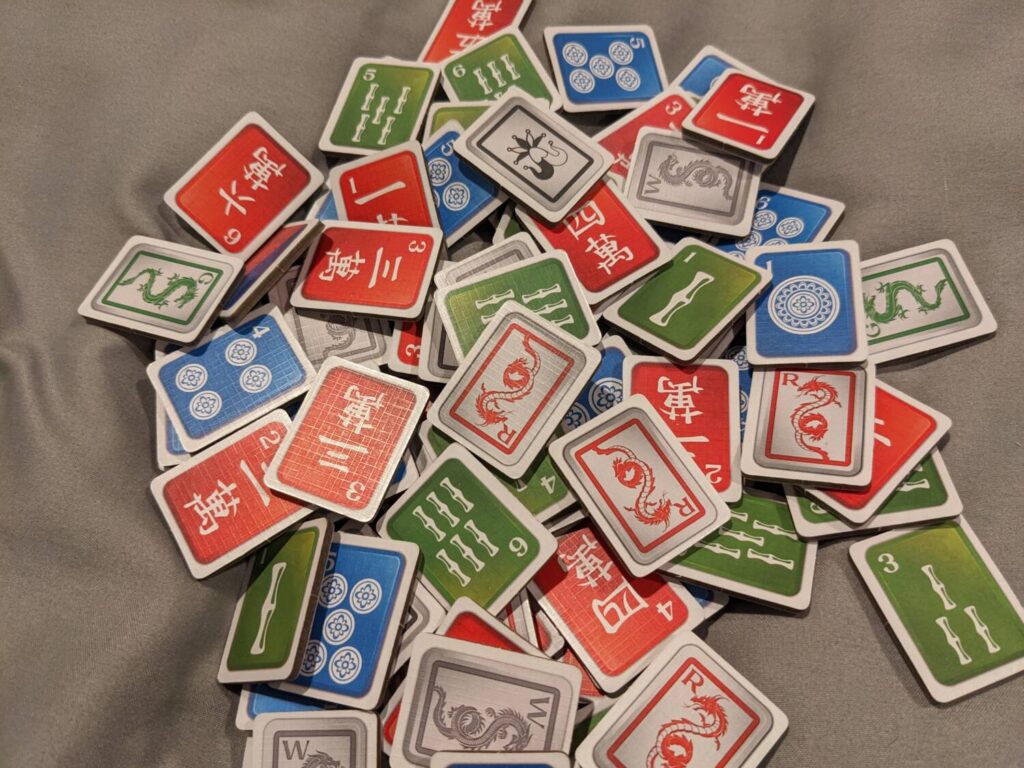
The Old Days
I started in the Chinese version of MahJong on Windows PC platforms a billion years ago. I would play it once or twice a week, and loved it. I still have no idea what any of the symbols on any of the tiles mean, but that didn’t matter to me. I just liked the way that big mountain of tiles slowly disappeared as I made matches with other visible tiles until the entire pile of tiles was gone.
Meet MahJong is a simpler experience. In both versions of the game included here, players have to complete a row of eight tiles, broken into various sets (both versions) and runs (Chinese only), or complete three small sheets with those eight tiles, to win a round. The tiles include three suits—sticks, bamboo, and characters—as well as dragon tiles and joker tiles (the latter are only used in the American version).
Turns are quick. Players must draw a tile from the center of the table. Now, with a current hand of eight tiles—seven are drawn during setup—a player must discard one tile that doesn’t fit their player board’s plans, making it available to other players. However, if those eight tiles complete a row or the three player sheets before the discard, they instantly win the game. Otherwise, it’s drawing and discarding until a player finds a perfect collection of tiles to win.
In Chinese MahJong, the first player to win two rounds is the overall winner; in American MahJong, four rounds are played, and the player with the highest score (each row has a different point value for the winning player that round) wins.
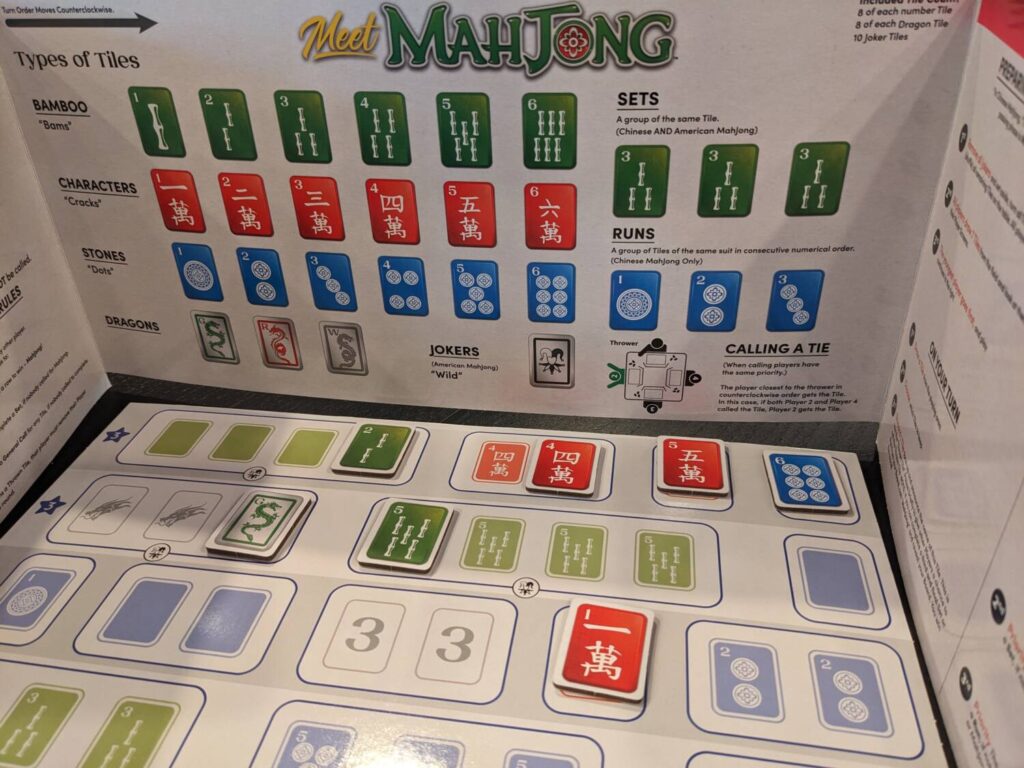
Keep This Handy for the Post-Thanksgiving Day Meal
Meet MahJong worked because it was such an easy way to rope my extended family members into a pleasant gaming experience that was quick to teach. The tiles aren’t made of mother-of-pearl, but that means that the retail cost is very reasonable. (Tiles are made of sturdy cardboard, so we were happy with how they felt in hand.) There should have been a better draw bag included in the box. Sitting down and spreading 120 tiles on a kitchen table isn’t exciting, so we used grocery bags to have players draw tiles on their turn to save time between rounds.
But the player screens have both a tile manifest and the rules for both games, and that’s all we really needed during our games. American MahJong takes about 45 minutes to play, less if one player has won the first 2-3 rounds by such a margin that a fourth round won’t change the end result. Chinese MahJong takes about the same amount of time unless one player wins the first two rounds, ending the experience.
Meet MahJong is a good time, but the audience is very specific—it’s squarely in the “what games do we bring to the grandparents?” camp. Ditto for the pool of games I consider when playing with family on beach trips and during the holidays. The game doesn’t speak to players in my hobby gaming circles, but for a casual night with family, Meet MahJong is great.


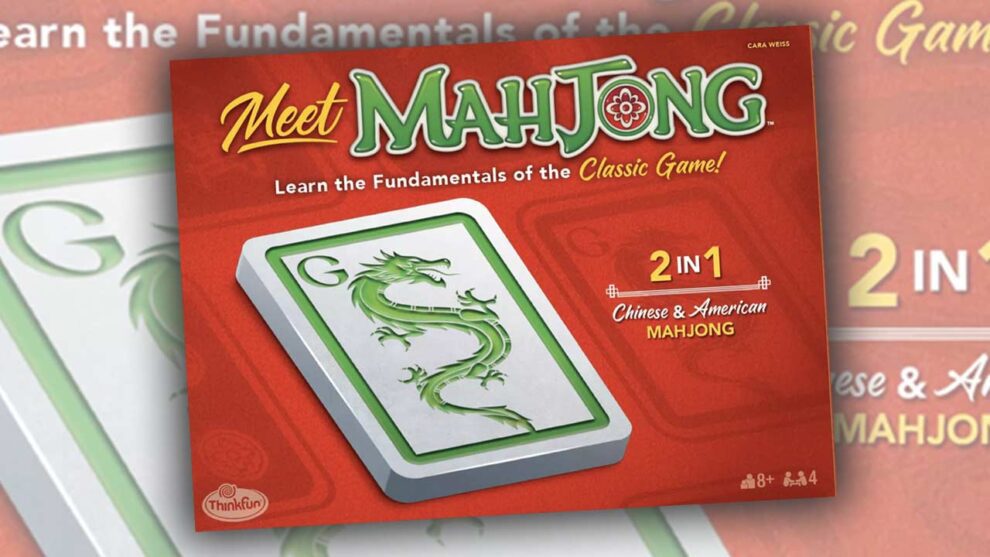


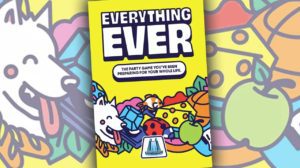
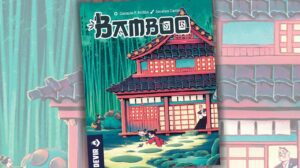





This is interesting. I have wanted to learn Mahjong and this might be the way to do it.
Couple of questions:
* How big are the tiles? Until I read your review, I thought the pictures showed the tiles as playing cards. But I think in a couple I can see that they are much, much thicker than that.
* Because these are not playing cards, you still draw them from a bag, like you would higher end tiles?
Very cool review. Thanks.
The tiles aren’t too big; maybe the size of a stamp, but with sturdy cardboard. I used a draw bag, but there is no bag included to draw from…face-down in the middle of the table is the preferred route, per the manual, but I like the draw bag better!
A very difficult game to learn , still after 6 lessons i have no idea
I am obviously very slow to learn , rather be outside running , and keeping fit
not for me
Dave
Plettenberg bay